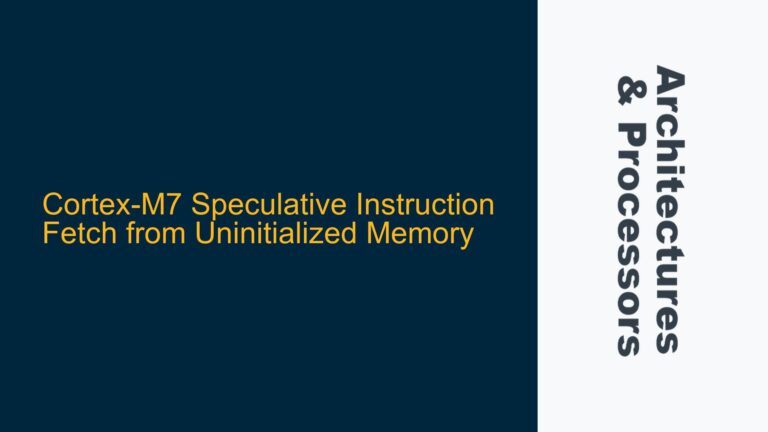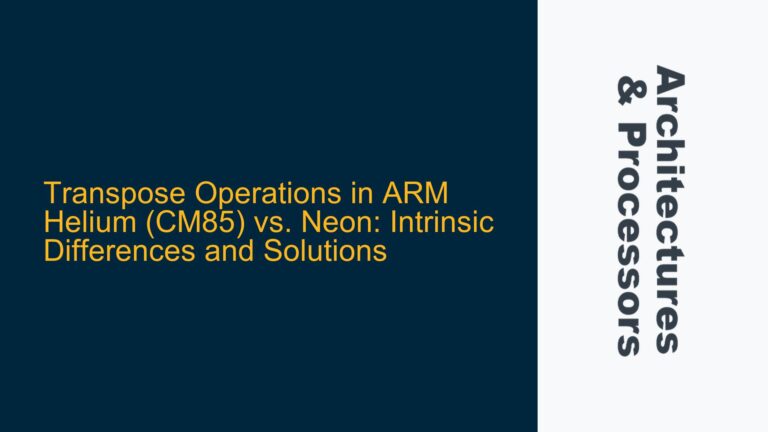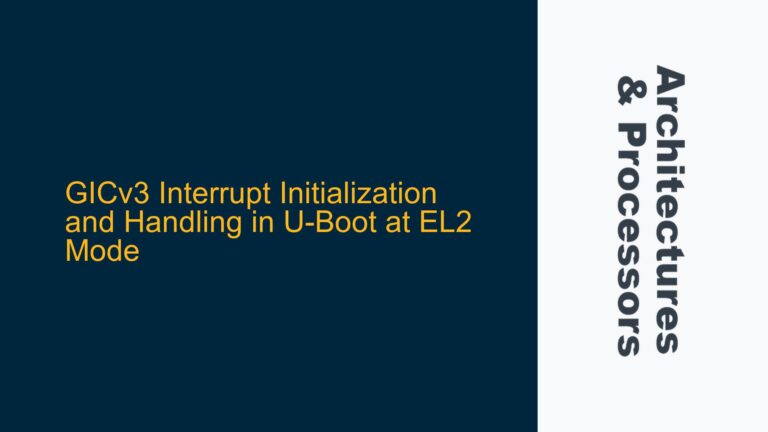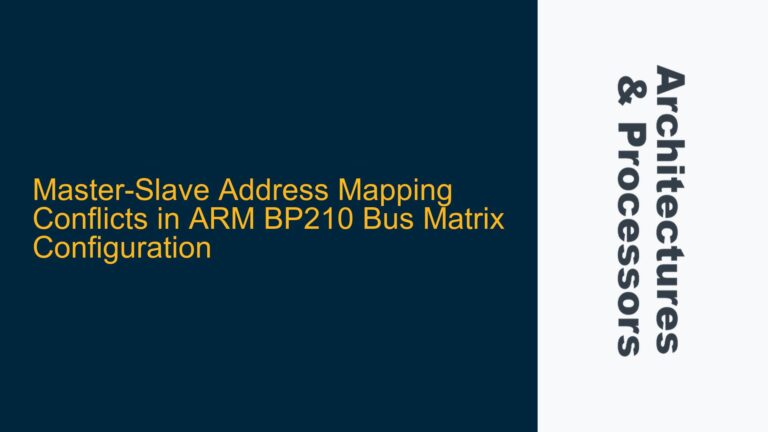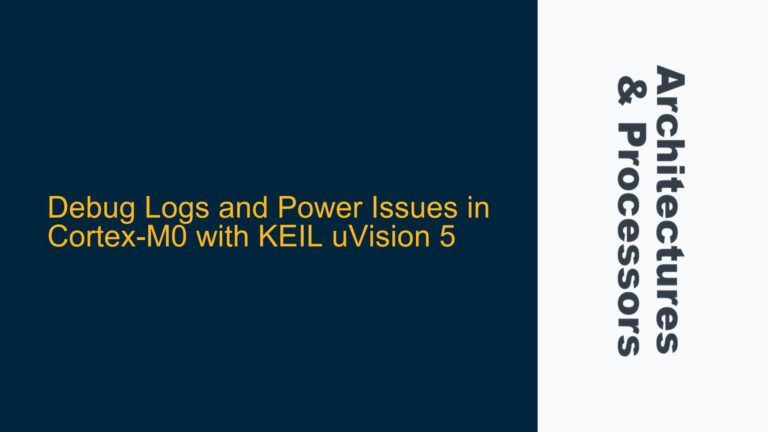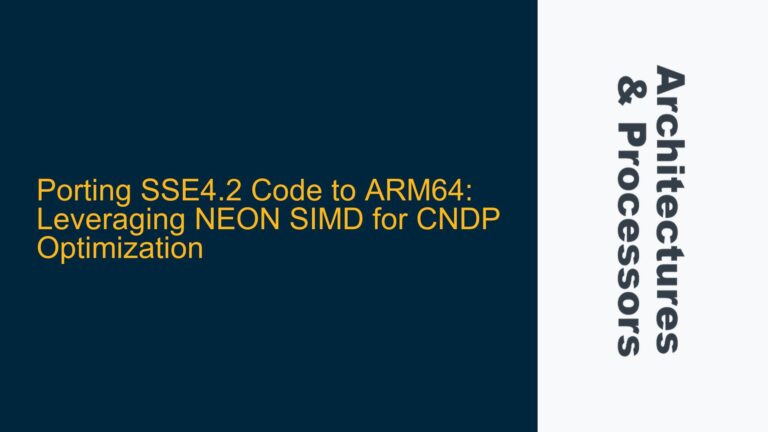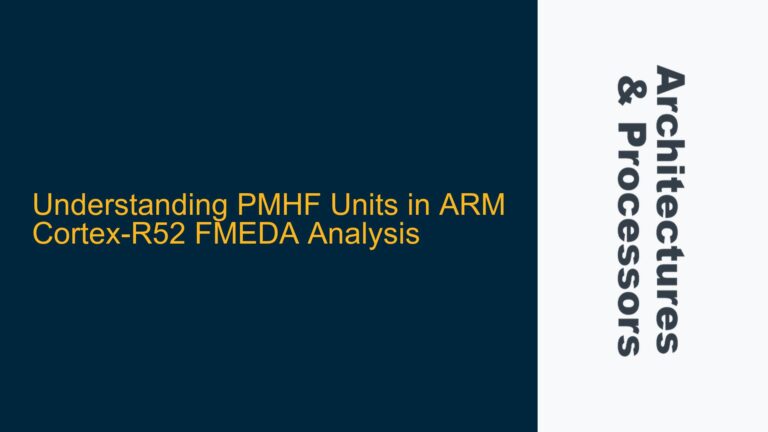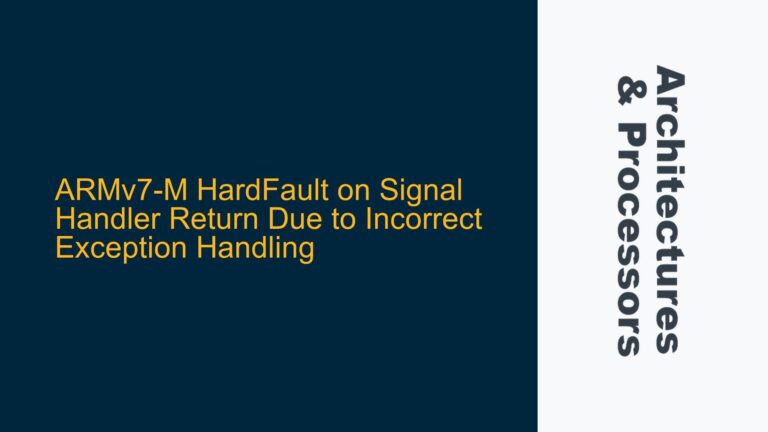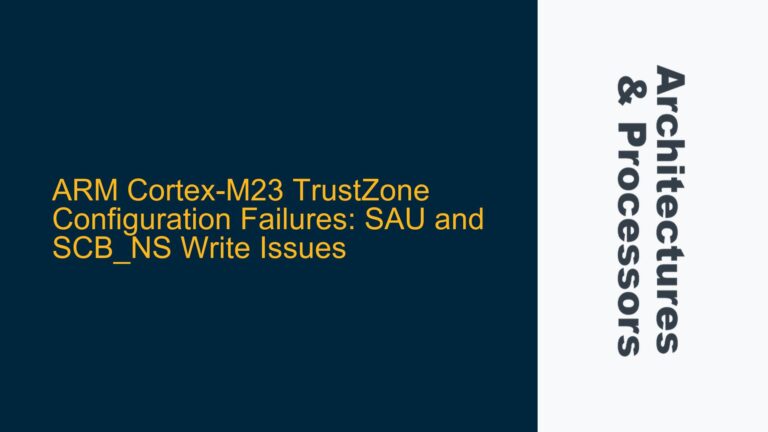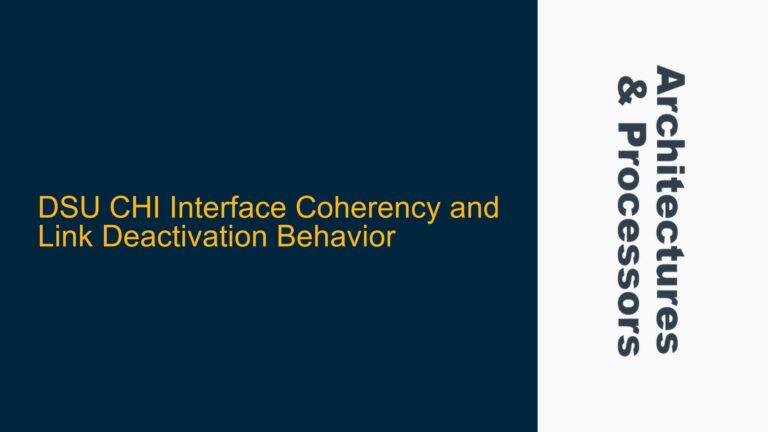Cortex-M7 Speculative Instruction Fetch from Uninitialized Memory
Cortex-M7 Speculative Instruction Fetch from Uninitialized Memory The Cortex-M7 processor, known for its high performance and advanced features, can exhibit unexpected behavior when it performs speculative instruction fetches from uninitialized or reserved memory regions. This issue arises when the processor attempts to fetch instructions from addresses that are not explicitly defined or initialized in the…
